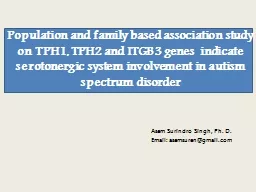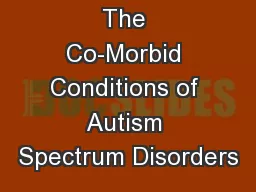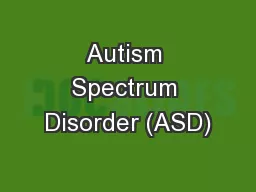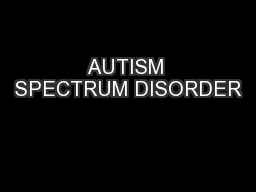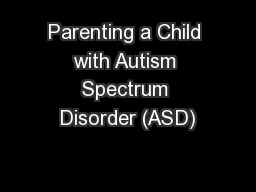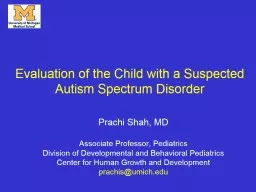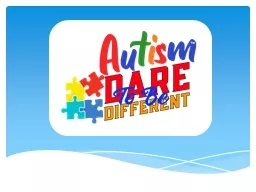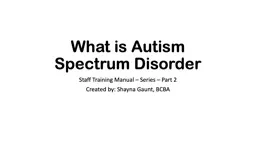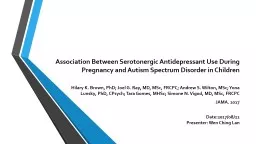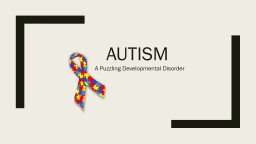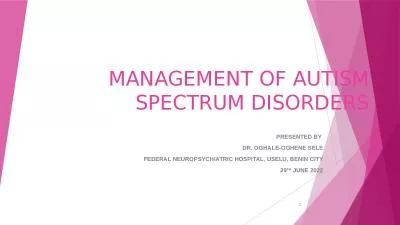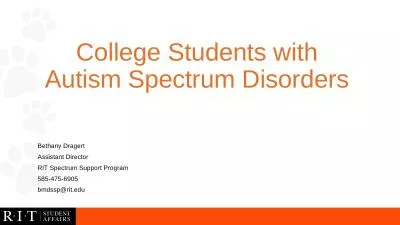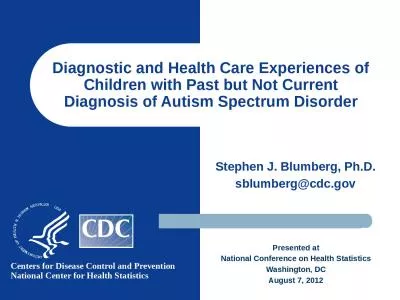PPT-Population and family based association study on TPH1, TPH2 and ITGB3 genes indicate
Author : liane-varnes | Published Date : 2019-11-27
Population and family based association study on TPH1 TPH2 and ITGB3 genes indicate serotonergic system involvement in autism spectrum disorder Asem Surindro Singh
Presentation Embed Code
Download Presentation
Download Presentation The PPT/PDF document "Population and family based association ..." is the property of its rightful owner. Permission is granted to download and print the materials on this website for personal, non-commercial use only, and to display it on your personal computer provided you do not modify the materials and that you retain all copyright notices contained in the materials. By downloading content from our website, you accept the terms of this agreement.
Population and family based association study on TPH1, TPH2 and ITGB3 genes indicate: Transcript
Download Rules Of Document
"Population and family based association study on TPH1, TPH2 and ITGB3 genes indicate"The content belongs to its owner. You may download and print it for personal use, without modification, and keep all copyright notices. By downloading, you agree to these terms.
Related Documents

